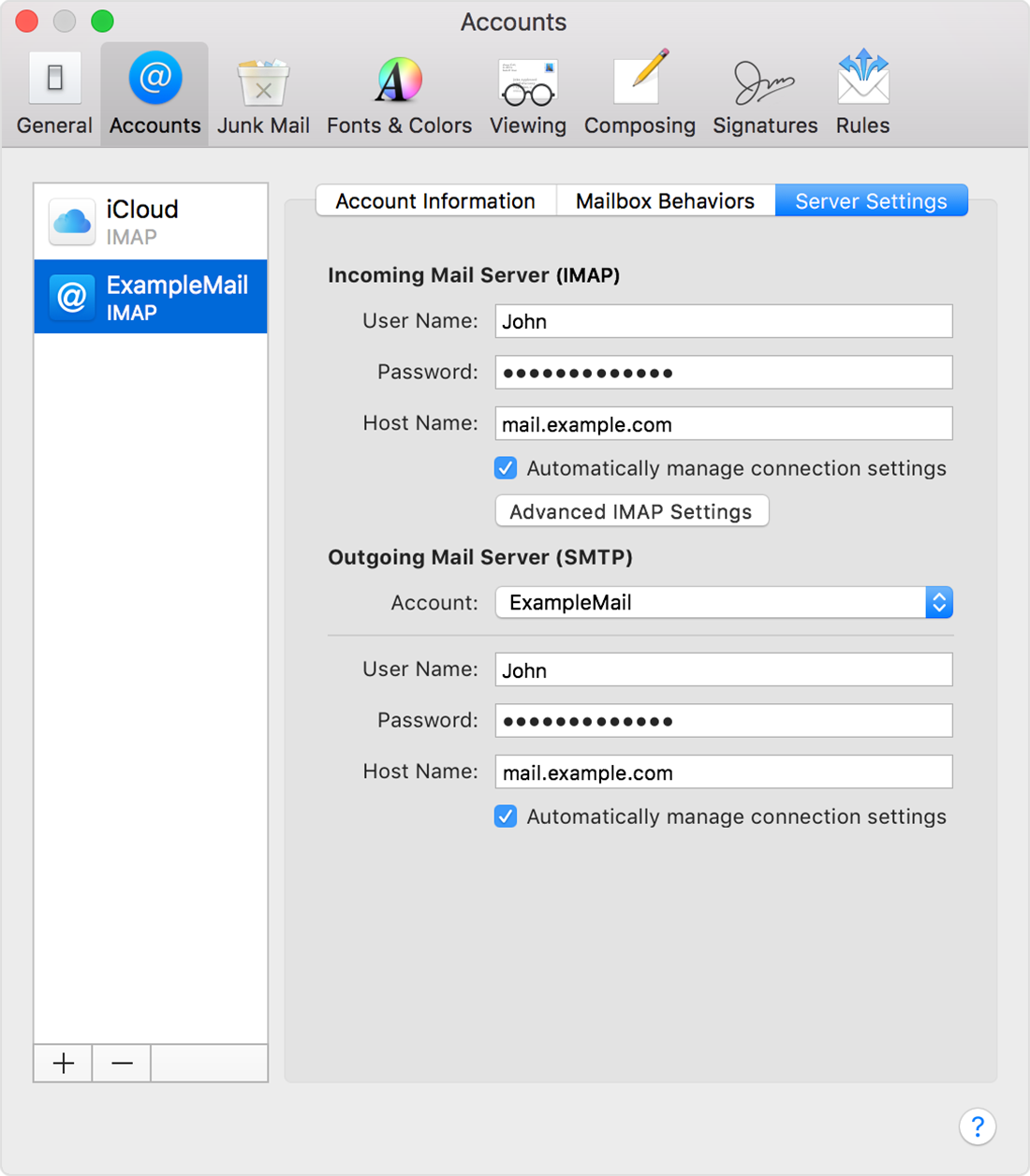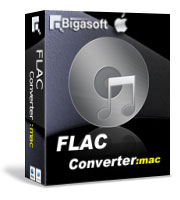Technical Configuration Instructions For Mac
- Technical Configuration Instructions For Mac Download
- Mac Instructions Manual
- Sample Technical Instructions
CUDA was developed with several design goals in mind:. Provide a small set of extensions to standard programming languages, like C, that enable a straightforward implementation of parallel algorithms. With CUDA C/C++, programmers can focus on the task of parallelization of the algorithms rather than spending time on their implementation. Support heterogeneous computation where applications use both the CPU and GPU. Serial portions of applications are run on the CPU, and parallel portions are offloaded to the GPU. As such, CUDA can be incrementally applied to existing applications. The CPU and GPU are treated as separate devices that have their own memory spaces.
This configuration also allows simultaneous computation on the CPU and GPU without contention for memory resources. CUDA-capable GPUs have hundreds of cores that can collectively run thousands of computing threads.
These cores have shared resources including a register file and a shared memory. The on-chip shared memory allows parallel tasks running on these cores to share data without sending it over the system memory bus. This guide will show you how to install and check the correct operation of the CUDA development tools. The NVIDIA CUDA Toolkit is available at no cost from the main page. The installer is available in two formats:. Network Installer: A minimal installer which later downloads packages required for installation.
Only the packages selected during the selection phase of the installer are downloaded. This installer is useful for users who want to minimize download time. Full Installer: An installer which contains all the components of the CUDA Toolkit and does not require any further download. This installer is useful for systems which lack network access.
Both installers install the driver and tools needed to create, build and run a CUDA application as well as libraries, header files, CUDA samples source code, and other resources. The download can be verified by comparing the with that of the downloaded file. If either of the checksums differ, the downloaded file is corrupt and needs to be downloaded again.
Choose which packages you wish to install. The packages are:. CUDA Driver: This will install /Library/Frameworks/CUDA.framework and the UNIX-compatibility stub /usr/local/cuda/lib/libcuda.dylib that refers to it.
CUDA Toolkit: The CUDA Toolkit supplements the CUDA Driver with compilers and additional libraries and header files that are installed into /Developer/NVIDIA/CUDA- 10.0 by default. Symlinks are created in /usr/local/cuda/ pointing to their respective files in /Developer/NVIDIA/CUDA- 10.0/. Previous installations of the toolkit will be moved to /Developer/NVIDIA/CUDA-#.# to better support side-by-side installations. CUDA Samples (read-only): A read-only copy of the CUDA Samples is installed in /Developer/NVIDIA/CUDA- 10.0/samples.
Previous installations of the samples will be moved to /Developer/NVIDIA/CUDA-#.#/samples to better support side-by-side installations. A command-line interface is also available:.accept-eula: Signals that the user accepts the terms and conditions of the CUDA- 10.0 EULA.silent: No user-input will be required during the installation. Requires -accept-eula to be used.no-window: No windows will be created during the installation. Useful for installing in environments without a display, such as via ssh. Implies -silent. Requires -accept-eula to be used.install-package=: Specifies a package to install.
Can be used multiple times. Options are 'cuda-toolkit', 'cuda-samples', and 'cuda-driver'.log-file=: Specify a file to log the installation to. Default is /var/log/cudainstaller.log. Mac Uninstall Script Locations Package Location CUDA Driver /usr/local/bin/uninstallcudadrv.pl CUDA Toolkit /Developer/NVIDIA/CUDA- 10.0/bin/uninstallcuda 10.0.pl CUDA Samples /Developer/NVIDIA/CUDA- 10.0/bin/uninstallcuda 10.0.pl All packages which share an uninstall script will be uninstalled unless the -manifest= flag is used.
Uninstall manifest files are located in the same directory as the uninstall script, and have filenames matching.uninstallmanifestdonotdelete.txt. The NVIDIA CUDA Toolkit includes CUDA sample programs in source form. To fully verify that the compiler works properly, a couple of samples should be built. After switching to the directory where the samples were installed, type: make -C 0Simple/vectorAdd make -C 0Simple/vectorAddDrv make -C 1Utilities/deviceQuery make -C 1Utilities/bandwidthTest The builds should produce no error message.

The resulting binaries will appear under /bin/x8664/darwin/release. To go further and build all the CUDA samples, simply type make from the samples root directory.
Technical Configuration Instructions For Mac Download
Note that the measurements for your CUDA-capable device description will vary from system to system. The important point is that you obtain measurements, and that the second-to-last line (in ) confirms that all necessary tests passed. Should the tests not pass, make sure you have a CUDA-capable NVIDIA GPU on your system and make sure it is properly installed. If you run into difficulties with the link step (such as libraries not being found), consult the Release Notes found in the doc folder in the CUDA Samples directory. To see a graphical representation of what CUDA can do, run the particles executable. Now that you have CUDA-capable hardware and the NVIDIA CUDA Toolkit installed, you can examine and enjoy the numerous included programs.
To begin using CUDA to accelerate the performance of your own applications, consult the. A number of helpful development tools are included in the CUDA Toolkit to assist you as you develop your CUDA programs, such as NVIDIA ® Nsight™ Eclipse Edition, NVIDIA Visual Profiler, cuda-gdb, and cuda-memcheck. For technical support on programming questions, consult and participate in the.
Notice ALL NVIDIA DESIGN SPECIFICATIONS, REFERENCE BOARDS, FILES, DRAWINGS, DIAGNOSTICS, LISTS, AND OTHER DOCUMENTS (TOGETHER AND SEPARATELY, 'MATERIALS') ARE BEING PROVIDED 'AS IS.' NVIDIA MAKES NO WARRANTIES, EXPRESSED, IMPLIED, STATUTORY, OR OTHERWISE WITH RESPECT TO THE MATERIALS, AND EXPRESSLY DISCLAIMS ALL IMPLIED WARRANTIES OF NONINFRINGEMENT, MERCHANTABILITY, AND FITNESS FOR A PARTICULAR PURPOSE.
Information furnished is believed to be accurate and reliable. However, NVIDIA Corporation assumes no responsibility for the consequences of use of such information or for any infringement of patents or other rights of third parties that may result from its use. No license is granted by implication of otherwise under any patent rights of NVIDIA Corporation. Specifications mentioned in this publication are subject to change without notice. This publication supersedes and replaces all other information previously supplied. NVIDIA Corporation products are not authorized as critical components in life support devices or systems without express written approval of NVIDIA Corporation.

Overview: This article will help you change your TCP/IP, DNS & Proxy Server settings on your Mac OSX computer manually. Symptoms:. Unable to access GUI for modems, routers, gateways and range extenders.
Mac Instructions Manual
Configure access points for setup (Initial or Reconfiguration). Want to configure static IP or proxy settings on Mac. Access Stora without the need of a router (Stora to Mac setup). Stora must have an IP Address Process: To manually change your TCP/IP and Proxy settings, follow these steps:. Open System Preferences and click the Network panel icon.
The network panel opens, showing all the available interfaces. Click the interface you want to configure (usually Ethernet or Wi-Fi). Click the Advanced button to view the full manual interface for network settings. The Advanced configuration screen appears. Click TCP/IP in the button bar to access the common TCP/IP network settings.
Use the Configure IPv4 drop-down menu to change your settings to be configured Manually. Enter the IP Address, Subnet Mask, and Router. Configuring DNS Servers – Mac. Click DNS in the button bar to change your domain name server settings. Click the + button below the DNS Servers list to add a new server to the list. Your ISP or network administrator usually provides at least two addresses to use; be sure to type it exactly as provided. (Use the – button to remove unused DNS Servers.

Search Domains are not required unless specified by your administrator.) Configuring Proxy Servers – Mac. If your network requires the use of a proxy, click the Proxies button in the button bar.
Sample Technical Instructions
If not, skip ahead to step 13. Click the checkboxes beside the protocols that you want to configure. Click the protocol names to configure each proxy. Setup fields appear to the right of the protocol list. Enter the proxy information as provided by your network administrator. Click OK to exit advanced setup.
Click Apply to activate and begin using your new network settings. Last Updated: Article ID: 25191 Was this article helpful? GearHead Support for Home Users GearHead Support is a technical support service for NETGEAR devices and all other connected devices in your home. Advanced remote support tools are used to fix issues on any of your devices. The service includes support for the following:. Desktop and Notebook PCs, Wired and Wireless Routers, Modems, Printers, Scanners, Fax Machines, USB devices and Sound Cards. Windows Operating Systems (2000, XP or Vista), MS Word, Excel, PowerPoint, Outlook and Adobe Acrobat.
Anti-virus and Anti-Spyware: McAfee, Norton, AVG, eTrust and BitDefender.
